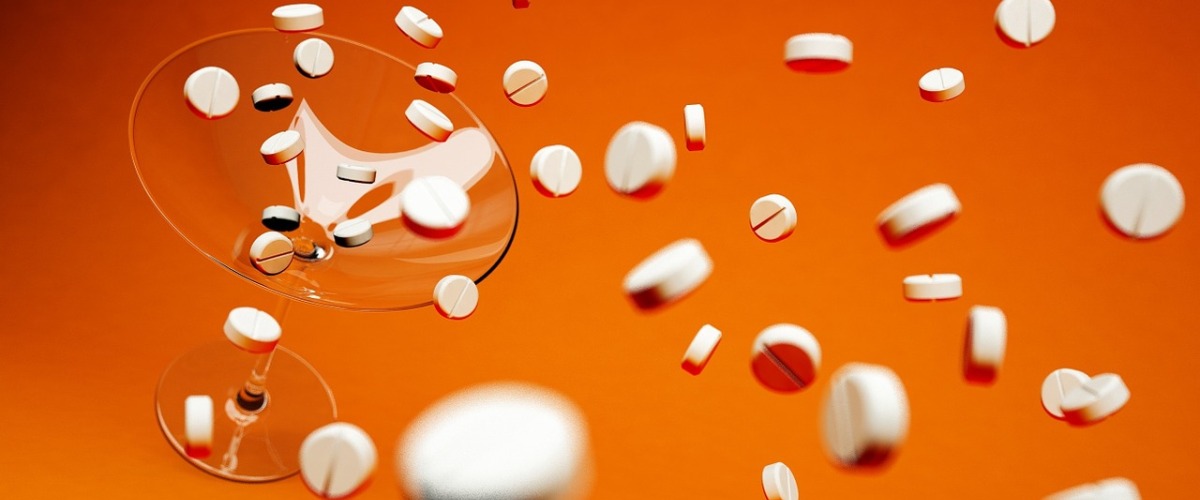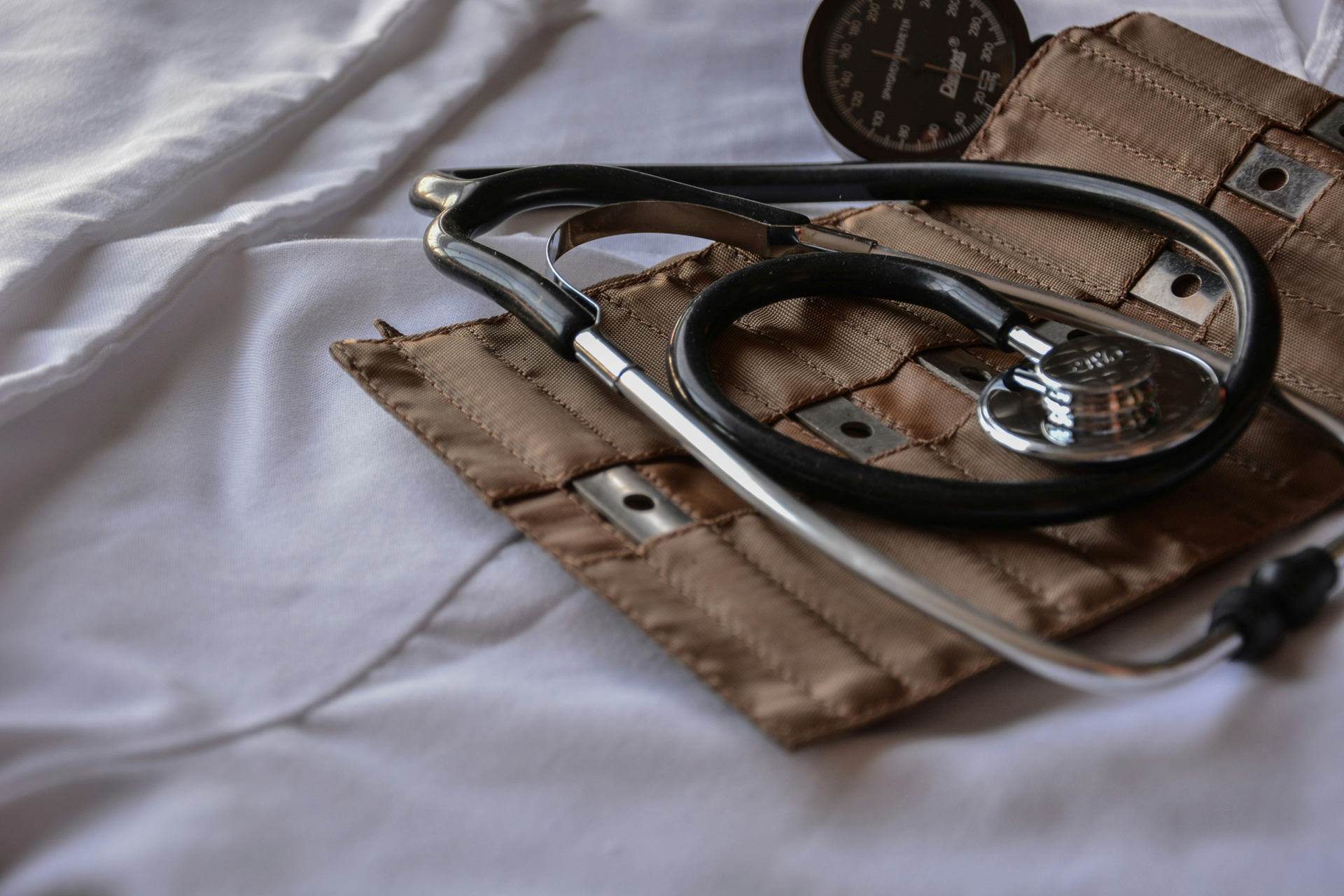The Australian Government is establishing a COVID-19 Vaccine Indemnity Scheme to help guide potential claims through a no-fault claims process scheme.
This scheme has been announced in response to calls from the Australian Medical Association (AMA), the Royal Australian College of General Practitioners (RACGP) and medical indemnity insurers to provide extended coverage for health professionals and patients in what are indeed unprecedented times.
What is a no fault indemnity scheme?
A no-fault indemnity scheme is one where entitlement to compensation is not linked to proving that a person’s injuries were due to the fault of another. Workers compensation schemes are no-fault, as is the National Disability Insurance Scheme. In a no-fault scheme, all that needs to be shown is that an injury has been sustained.
What might a no-fault COVID-19 vaccine scheme involve?
In the case of a COVID-19 vaccine indemnity scheme, the scheme will be designed to benefit both medical professionals and patients.
It will benefit medical professionals by:
- Reducing risk of legal action against professionals
- Taking the pressure off indemnity insurers and not leading to increased premiums for privately practicing providers.
- Offering security for those professionals currently hesitant to provide the AstraZeneca vaccine due to a lack of protections.
It will benefit patients by:
- Not having to prove negligence or fault if you suffer any side-effects.
- Providing quick access to support and compensation.
How would patients claim through a no fault scheme?
If a patient were to experience a rare side-effect, they would likely have to show that they suffered it because of a vaccine. This will usually require evidence from a doctor.
Like workers compensation and NDIS claims, there will be an initial claim form required to provide information about your circumstances and the injury the person has suffered.
Steps we expect you would need to take in making a claim through a no fault scheme include:
- Identifying adverse effect or injury resulting from a COVID-19 vaccine
- Attend on your GP or a hospital for independent verification of the injury
- Submit a personal injury claim notification form with proof of independent verification of your injury
There would be no need to notify the vaccine provider of your injury.
What compensation are you likely to receive?
Easy to access financial compensation will be the main benefit of a no fault indemnity scheme.
Generally speaking, a claim for compensation would encompass the following aspects:
- Treatment and medication costs, both current and future
- Loss of income
- Damages (Pain and suffering)
No-fault schemes are generally less generous than at-fault schemes, like medical negligence. This is because there is a trade-off between getting access to assistance quickly in no-fault schemes. These schemes typically do not compensate 100% of loss of earnings and do not pay large amounts of damages for pain and suffering.
In at-fault schemes like negligence, the law compensates 100% of lost earnings and is much more generous in compensating pain, suffering, and loss of enjoyment of life.
Can I still run a medical negligence claim?
Yes, if you think you have suffered because of medical negligence, you can still make a claim.
elringtons lawyers are specialists in health law and medical negligence, call us today if you have any questions or concerns.
For similar or further information, see:
- Department of Health article on COVID-19 indemnity scheme
- RACGP article on no-fault indemnity scheme
- The Conversation legal article on indemnity scheme
- ABC article on update regarding indemnity scheme
- AMA article on indemnity scheme
Further reading

elringtons lawyers regularly provide legal advice in relation to a range of compensation matters. Please contact our Personal Injury Team for more information or to make an appointment call (02) 6206 1300










